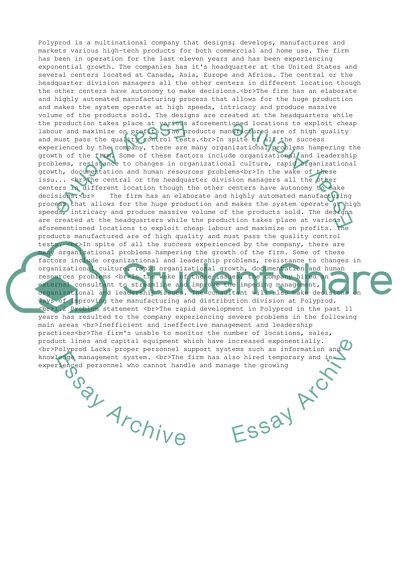Cite this document
(“Polyprod Change Management Assignment Example | Topics and Well Written Essays - 5000 words”, n.d.)
Polyprod Change Management Assignment Example | Topics and Well Written Essays - 5000 words. Retrieved from https://studentshare.org/business/1513538-polyprod-change-management
Polyprod Change Management Assignment Example | Topics and Well Written Essays - 5000 words. Retrieved from https://studentshare.org/business/1513538-polyprod-change-management
(Polyprod Change Management Assignment Example | Topics and Well Written Essays - 5000 Words)
Polyprod Change Management Assignment Example | Topics and Well Written Essays - 5000 Words. https://studentshare.org/business/1513538-polyprod-change-management.
Polyprod Change Management Assignment Example | Topics and Well Written Essays - 5000 Words. https://studentshare.org/business/1513538-polyprod-change-management.
“Polyprod Change Management Assignment Example | Topics and Well Written Essays - 5000 Words”, n.d. https://studentshare.org/business/1513538-polyprod-change-management.


